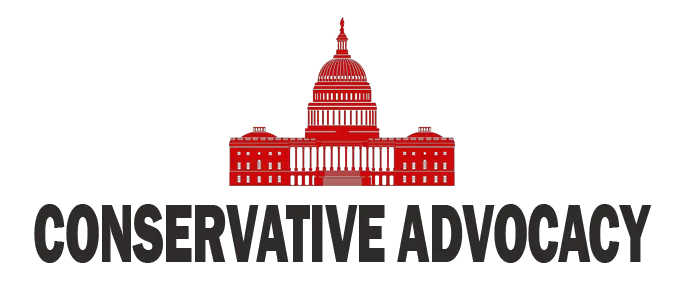In a recent phone call that raised eyebrows across the political spectrum, President Trump engaged in conversation with Russian President Vladimir Putin. This chat unfolded at the White House, and while the details of their dialogue remain largely under wraps, preliminary insights have surfaced, primarily from the Russian side. Putin’s camp hinted at a possible ceasefire, contingent on some unspecified agreements. One can only imagine what those agreements could entail; it sounds a bit like Putin is on a treasure hunt for concessions, asking for the moon, the sun, and perhaps a unicorn or two along the way.
As the conversation was taking place, Trump also spoke to Ukrainian President Volodymyr Zelensky, presumably sharing thoughts on what the two countries might expect from Russia. However, based on the information released so far, it doesn’t seem like Putin is ready to play nice just yet. The Kremlin’s readout leaves many wondering about the specifics of the supposed ceasefire, especially since Zelensky indicated that achieving such an agreement is the top priority for Ukraine. So, while Putin is tossing around the idea of peace, it appears the goal of a solid 30-day ceasefire is still a far-off dream.
The stakes are high for President Trump now as observers are closely watching for his next moves. His administration has successively hinted at deploying heavy sanctions against Russia if necessary. The talk is getting hot about targeting the so-called “shadow fleet,” or the hidden oil fleet, which might be a ripe candidate for sanctions. In fact, should those sanctions be effectively carried out, they could potentially cripple the Russian economy, making this a pivotal moment in international relations.
As negotiations drag on and tensions mount, it seems the President is looking to provide some leeway for further dialogue, even though the Vice President has pointed out that we’re hitting a bit of an impasse in the peace talks. The current administration has reiterated its willingness to step back if mediation becomes futile; however, recently, Trump and the Vice President have adjusted their rhetoric, committing to see this through until a resolution is reached. This might suggest that the White House believes there’s still hope for a breakthrough, despite the apparent challenges.
In the grand scheme, the world is eagerly waiting to see what the President will do next. The juxtaposition of Putin’s demands and the responses from the White House suggests a complicated game of chess being played out on a global scale. Trump’s unique perspective may yet shed light on whether a compromise is achievable or if the standoff will continue, leaving countries worldwide to grapple with the consequences. As the situation develops, one thing is clear: the correspondence between these two leaders is just the tip of the iceberg in a much larger narrative.




